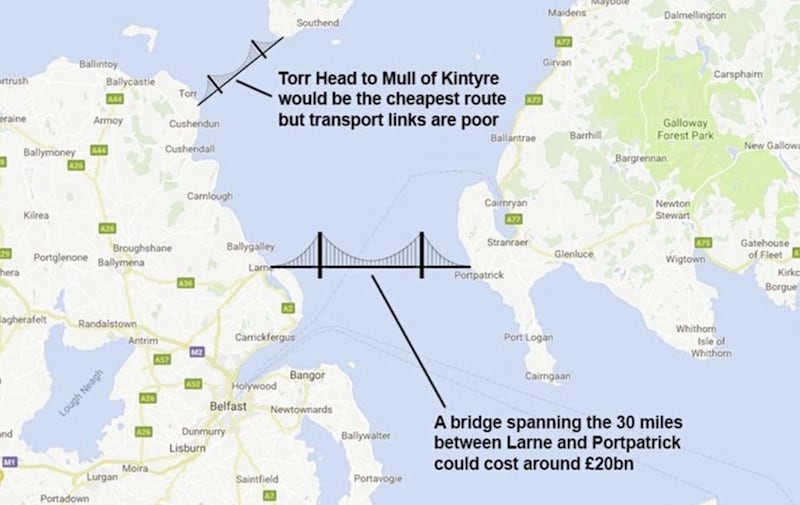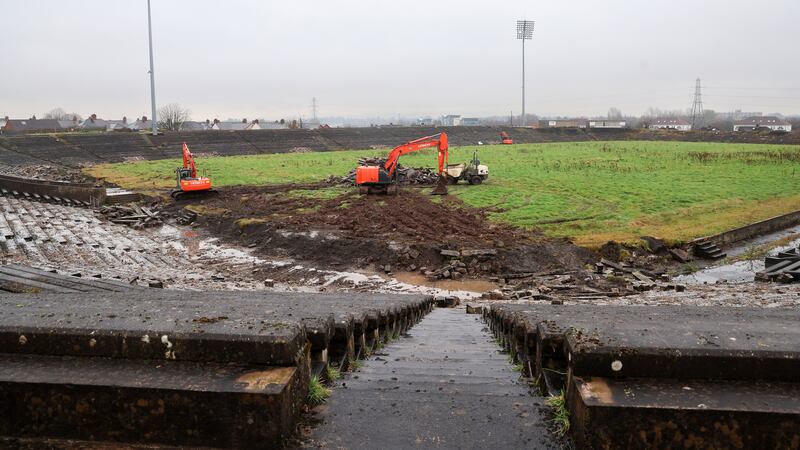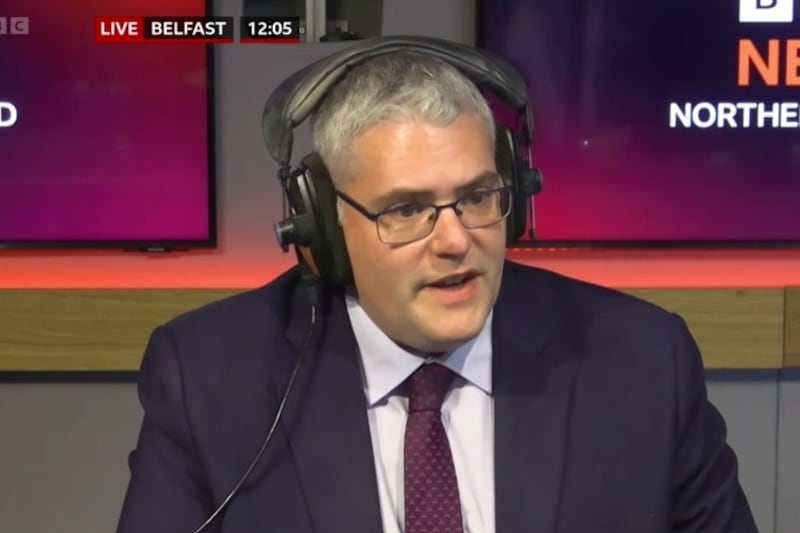FIRST it was a bridge to Scotland – now the DUP wants to hook-up Northern Ireland to power generated by Iceland's volcanoes.
The party's manifesto argues that "interconnection is central to future energy strategy" but rather than the North-South high-voltage power lines advocated in its 2017 Westminster policy programme, the latest document raises the possibility of laying a 700-mile cable along the bed of the North Atlantic.
However, in the same way bridging the North Channel is likely to prove an engineering feat too far, connecting the north with its distant Nordic neighbour is arguably the stuff of pipe dreams.
Ulster University economist Esmond Birnie, who has previously cast doubt on the feasibility of a bridge to Scotland, said he was "sceptical" about the proposal to link the north and Iceland via undersea cables.
An electrical engineer The Irish News spoke to said the project would be "extremely expensive and have a lot of electrical losses due to its length".
Read More: Boris Johnson says Irish Sea bridge 'would only cost about £15 billion'
The 40-mile interconnector which connects Co Antrim and Ayshire has been beset by technical problems during the past two decades and operates at a reduced capacity.
In recent years, scientists in Iceland have been looking at the feasibility of harnessing the geothermal power generated by the island's volcanic conditions.

The nascent technology would see water pumped through reinforced pipes into hot magma, creating steam that would then power turbines.
It would be distributed across the North Atlantic via underwater cables.
Work is currently underway on what is expected to be the world's longest interconnector, running 500 miles under the North Sea from the north-east of England to Norway.
The project is estimated to cost around €2 billion.
Notably, in its manifesto the DUP calls for the scrapping of the controversial HS2 rail link in England, claiming the "scale of investment cannot be justified".








